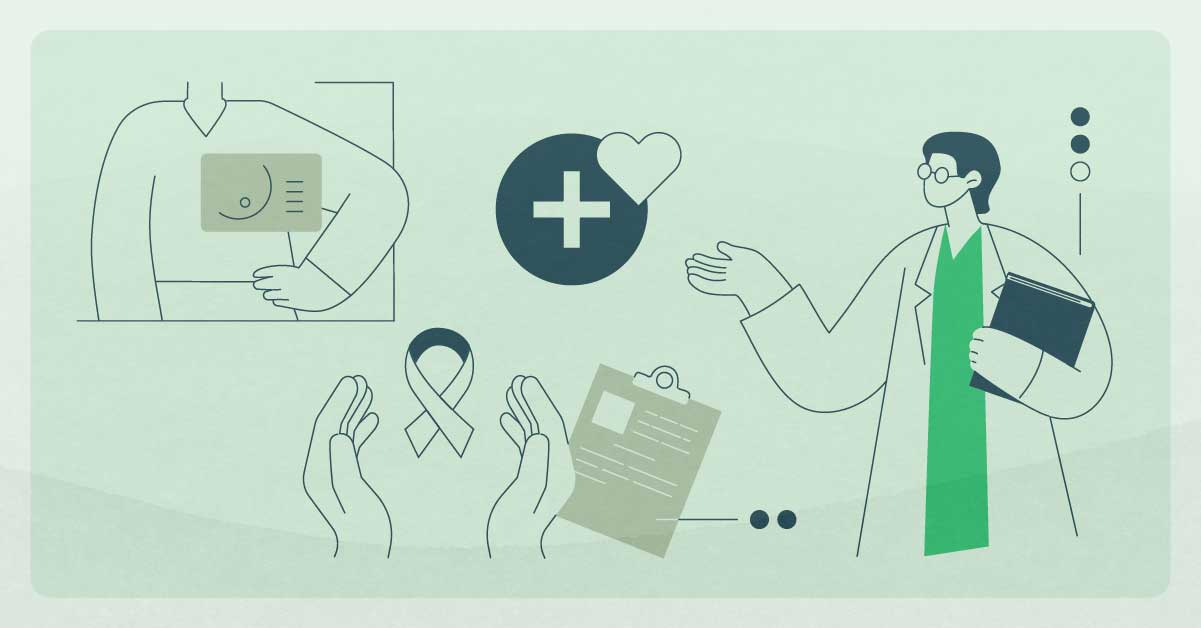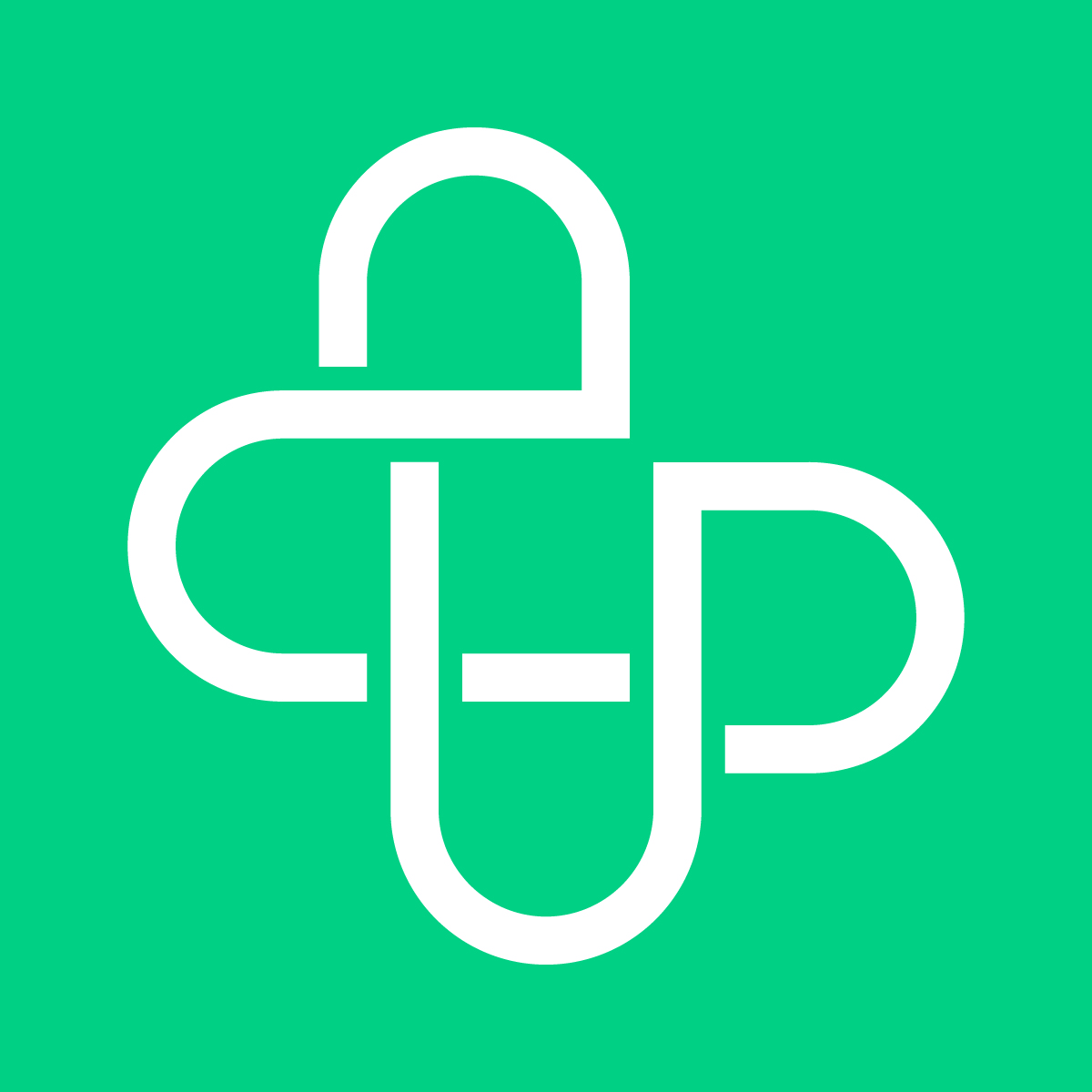With growing services, sites of care and the COVID-19 pandemic, healthcare leaders are increasingly challenged to make sense of these offerings for individual patients in a relevant way that drives engagement.
Health systems need new, convenient and digital ways to get patients the care they need.
This blog post outlines the just a part of a larger digital transformation strategy for health systems and their patients.
As vaccine supplies increase, health systems and physician practices are poised to play an even greater role in the vaccination drive. The next phase of vaccinations requires a shift in mindset. Let me explain.
In the initial phase, healthcare provider organizations were working with clearly defined groups, such as their own front-line workers and residents of skilled-nursing facilities. These groups are relatively easy to identify and communicate with: Provider organizations routinely communicate with their employees. Skilled-nursing residents interact every day with healthcare workers who can carry the message.
As we widen eligibility and supplies catch up with demand, we will need a much broader effort at communicating this multi-step process to patients. Early reports show how difficult this is as states have expanded eligibility to older residents living outside of congregate care settings.
Healthcare provider organizations need to start now to engage patients in four distinct ways on the vaccination journey.
Educate: People are looking for trusted sources of information to learn about the authorized vaccines. Some practices that health systems and physician practices can implement to help educate patients include:
- Give patients ample opportunities to sign up for information about authorized vaccines:
- Ask patients to opt-in for vaccine information when they arrive for a visit.
- Add this question to email or text reminders for appointments.
- Conduct proactive digital outreach on this issue to all patients who have agreed to be contacted.
- Make educational materials widely available:
- Offer printed public health flyers in your clinics, and next to them, display a QR code that patients can scan to get the same information digitally.
- In a prominent spot on your website, post links to credible public health resources (e.g., from the Centers for Disease Control and Prevention, your state health department) and downloadable materials.
Advise: People trust their providers to boil down all the information about COVID-19 vaccines and guide them to what’s best for their health. Providers should plan to discuss the issue with every patient.
- Start by listening to what patients think about the decision and then offer the resources described above if appropriate.
- Describe the side effects patients can expect and explain how the care team will monitor their condition after receiving a vaccine. With knowledge about potential side effects, patients can plan around their two doses, for example, by trying to clear their schedules in the days after each dose to the extent possible.
- Make clear that patients will have to have to think through and implement a plan to receive a vaccine when they are eligible.
Plan: Much as voting during this pandemic requires more planning than voting in years past, setting up an appointment for a COVID-19 vaccine requires thinking ahead more than getting a flu vaccine at your workplace’s one-day clinic or popping into a pharmacy. Steps that will help patients form a plan:
- Make it easy for patients to opt-in to text and email communications with updates on the vaccine roll-out.
- Use those channels to communicate with patients about when they become eligible to receive a vaccine and, if your organization is offering vaccinations, provide an easy way for them to schedule their appointment.
- Also highlight a way for the less digitally savvy to stay up-to-date and book an appointment.
Provider organizations need to collect information from patients to support the vaccine journey, as well. DuPage Medical Group in the Chicago area is surveying patients to find out who can be classified as an essential front-line worker when the vaccination campaign makes them eligible. Read more on DuPage Medical Group’s approach.
Act: Support patients on their vaccine journey to help them follow through on their plan. Here’s how:
- Deliver reminders for appointments at scale through an automated digital platform.
- With two-dose vaccines, the experience of the first shot will affect whether patients return for the second shot.
- A digital check-in with patients to monitor symptoms offers reassurance.
This new phase of the national vaccination drive is bringing hope to millions that the pandemic’s end is in sight. It won’t be a simple process. Even eager vaccine recipients will feel frustration about the uncertainty and complexity of receiving a COVID-19 vaccine. Once again, the pandemic is requiring healthcare providers to stretch to a new level of performance in serving patients. I’m betting providers are up to it, again.





